
Lard vs. Cooking Oil: Which Is Better? Many People Still Misunderstand This Issue
Both cooking oil and lard primarily consist of fatty acids. Many people believe that eating lard makes you gain more weight than cooking oil. Is this really true?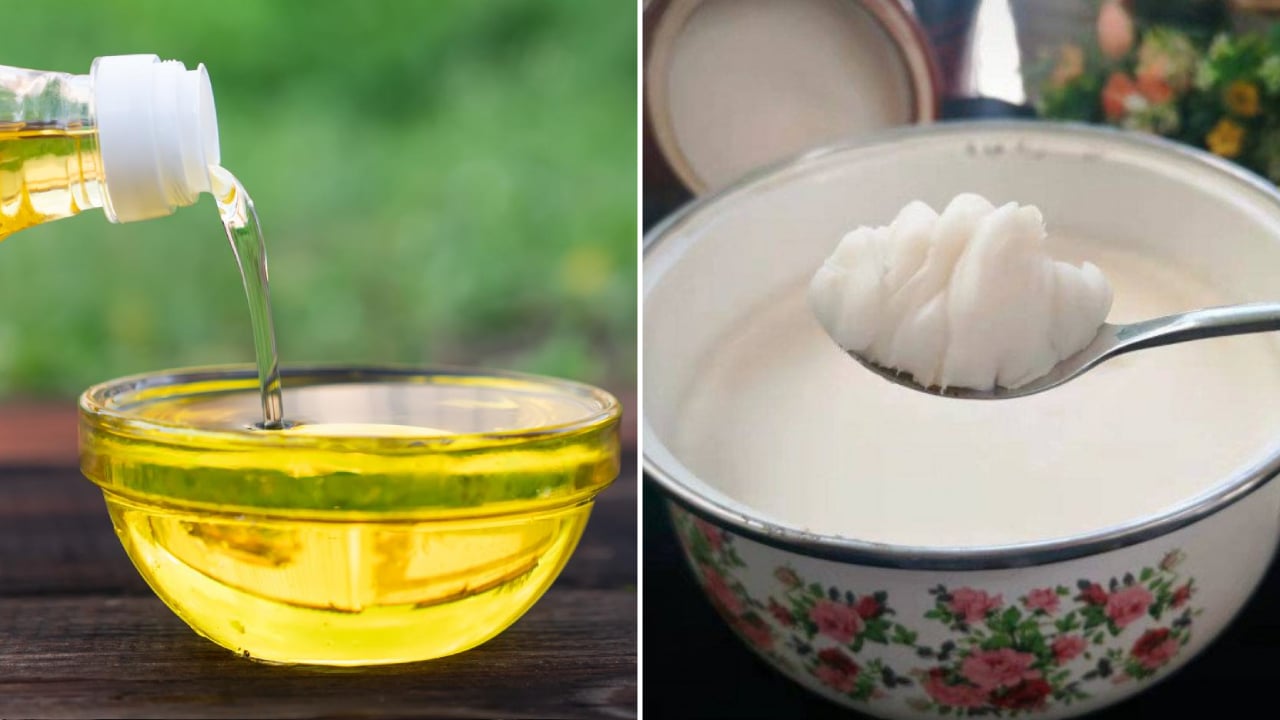
Cooking oil and lard are familiar cooking ingredients, widely used in frying and sautéing dishes to make food more fragrant and appetizing.
Cooking oil contains many fatty acids and is rich in vitamins E and K, while not containing cholesterol. On the other hand, lard provides various vitamins such as B and D, along with minerals that help the body absorb calcium more easily.
Both types of fats contain beneficial nutrients for the body and are a primary source of energy. A diet low in fat limits the body’s ability to absorb fat-soluble vitamins and other nutrients, especially in children, who may then face risks such as slow growth, poor appetite, and rickets.
Nowadays, many people think eating a lot of lard causes weight gain and is less healthy compared to cooking oil. However, this is not entirely true.
Both cooking oil and lard have their own advantages and disadvantages. Using these two products reasonably will bring health benefits and help avoid their respective drawbacks.
Lard contains substances that can participate in the formation of nerve cell membranes, which are absent in vegetable oils. Cooking oils help reduce overall cholesterol levels but may unintentionally lower good cholesterol (HDL) in the blood.
Lard is high in saturated fatty acids, so excessive consumption can lead to excess saturated fat intake. Meanwhile, cooking oils often have unbalanced ratios of omega-3 and omega-6 fatty acids, and too much can increase the risk of inflammation.
Cooking oil is prone to oxidation. Under high heat, oil can burn and degrade, producing harmful substances. If used for high-temperature frying, cooking oil is not as good as lard.
Best Practices: Combining Lard and Cooking Oil in Your Diet
The most effective way to use fats is by combining cooking oil and lard in your daily diet. For young children, it is advisable to prioritize lard over vegetable oils. A recommended ratio for a balanced diet is about 70% lard and 30% cooking oil.
More importantly, pay attention to cooking temperatures. Avoid reusing cooking oil or lard too many times, as toxic substances accumulate, negatively affecting your health and increasing bad cholesterol (LDL).
Experts recommend the following cooking temperatures:
-
Frying: 160-180°C (320-356°F)
-
Sautéing: around 120°C (248°F)
-
Baking: 180°C (356°F)
When stir-frying, to enhance flavor, start by sautéing garlic and onions in lard until fragrant before adding other ingredients. Season with salt and fish sauce to taste.
Finally, add 1-2 tablespoons of cooking oil to mix well with the food in the pan before removing it from the heat. This technique helps improve the dish’s aroma and texture.
Additional Tips and Considerations
It’s essential to note that neither lard nor cooking oil should be consumed excessively. Moderation and variety are key. Incorporating a mix of fats ensures you receive a broader range of nutrients necessary for brain health, energy production, and hormone balance.
For those with cardiovascular concerns, it is wise to consult with healthcare professionals to tailor fat intake appropriately. Choosing oils high in monounsaturated fats like olive oil, alongside controlled lard consumption, can support heart health better.
Lastly, always store fats properly—in a cool, dark place—to prevent rancidity and maintain their nutritional value.
In conclusion, there is no absolute “better” option between lard and cooking oil. Both have unique nutritional benefits and limitations. Understanding how to balance their use in your diet and cooking methods will help you enjoy delicious meals while supporting your health.
News in the same category


Don’t Wash Black Moldy Wooden Cutting Boards with Soap: Try This Simple Method and Your Board Will Be Spotless in Just 5 Minutes

7 Ways How To Deal With A Cheating Husband

Just Add a Few Drops of This When Frying Eggs — They Puff Up Fluffy and Soft, Two Eggs Seem Like Four

Jasmine growing tips: 4 simple steps, flowers bloom all year round, hundreds of flowers in full bloom

Drinking purple perilla leaf juice at these 3 times is better than ten thousand tonics 👇👇👇

The 'miraculous' uses of fig leaves: A precious medicinal plant right in your garden

7 foods that you cook in one go and can't finish eating should be thrown away. Don't leave them in the fridge overnight or reheat them. Extremely harmful.

Note when dog and cat tapeworm disease is increasing👇👇

JUST MAKE BEAN SPROUTS THIS WAY, no need to water and in 2 days you will have white and delicious bean sprouts.

The refrigerator is leaking water and takes a long time to cool. She shows you how to fix it yourself in a moment, no need to call a technician.

‘Liver Protection’: A Simple But Effective Drink Proven by Science

Don't clean a dirty rice cooker with plain water: Use this to clean it, in 5 minutes it will be as clean as new

Stop Using Vinegar for Limescale — There’s a Better Natural Alternative
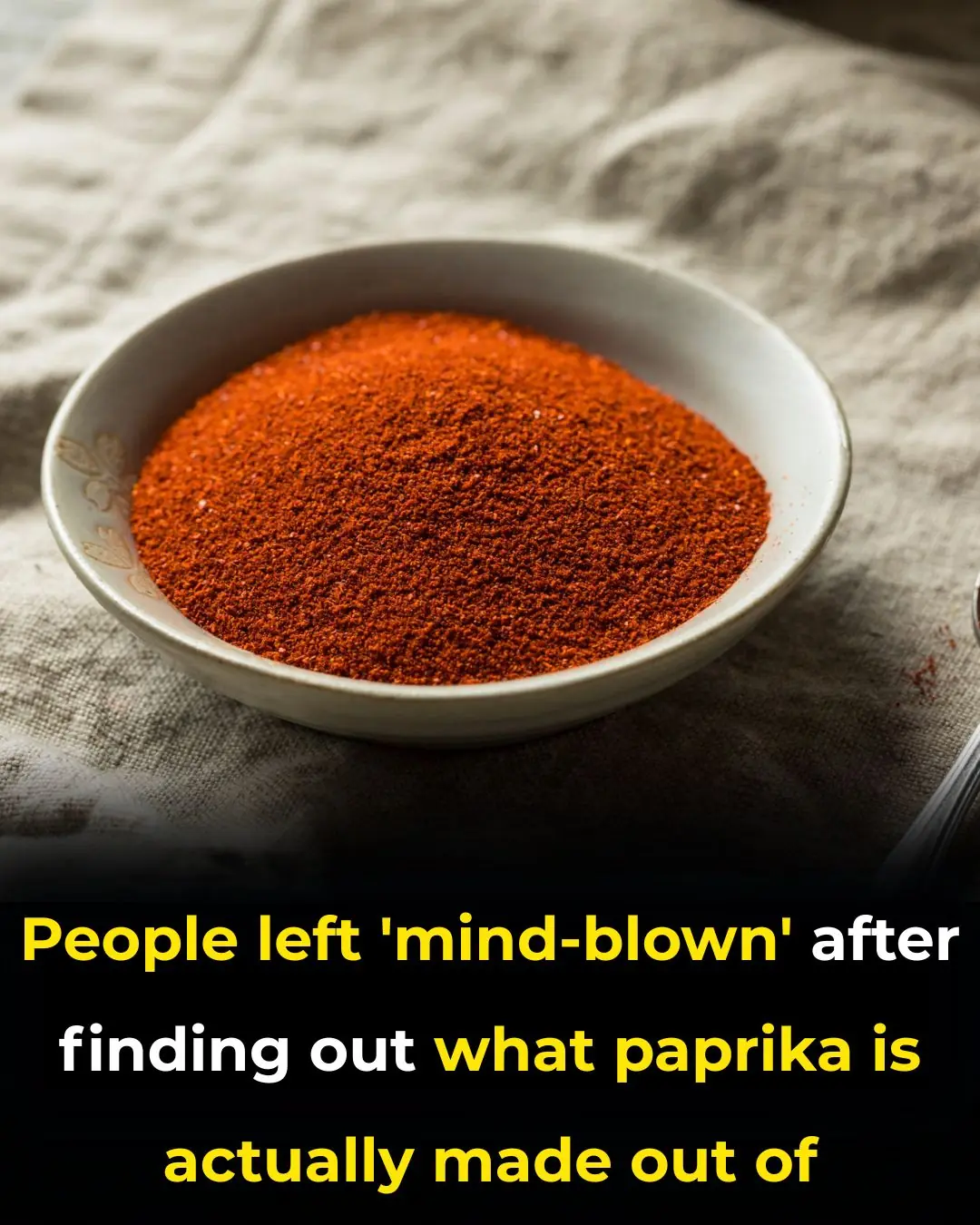
People Shocked to Find Out What Paprika is Actually Made From

10 perfect ways to prevent dampness and humidity in your home

How To Remove Set-in Grease Stains From Laundry

Putting garlic under your pillow not only keeps evil away, but also has many other health benefits

How to make bread with an air fryer, simple, crispy, fragrant and delicious
News Post

Ginger, Soursop, Sorrel, and Turmeric – The Miracle Drink

Kyllinga brevifolia (Rottb): Benefits and How to Use It
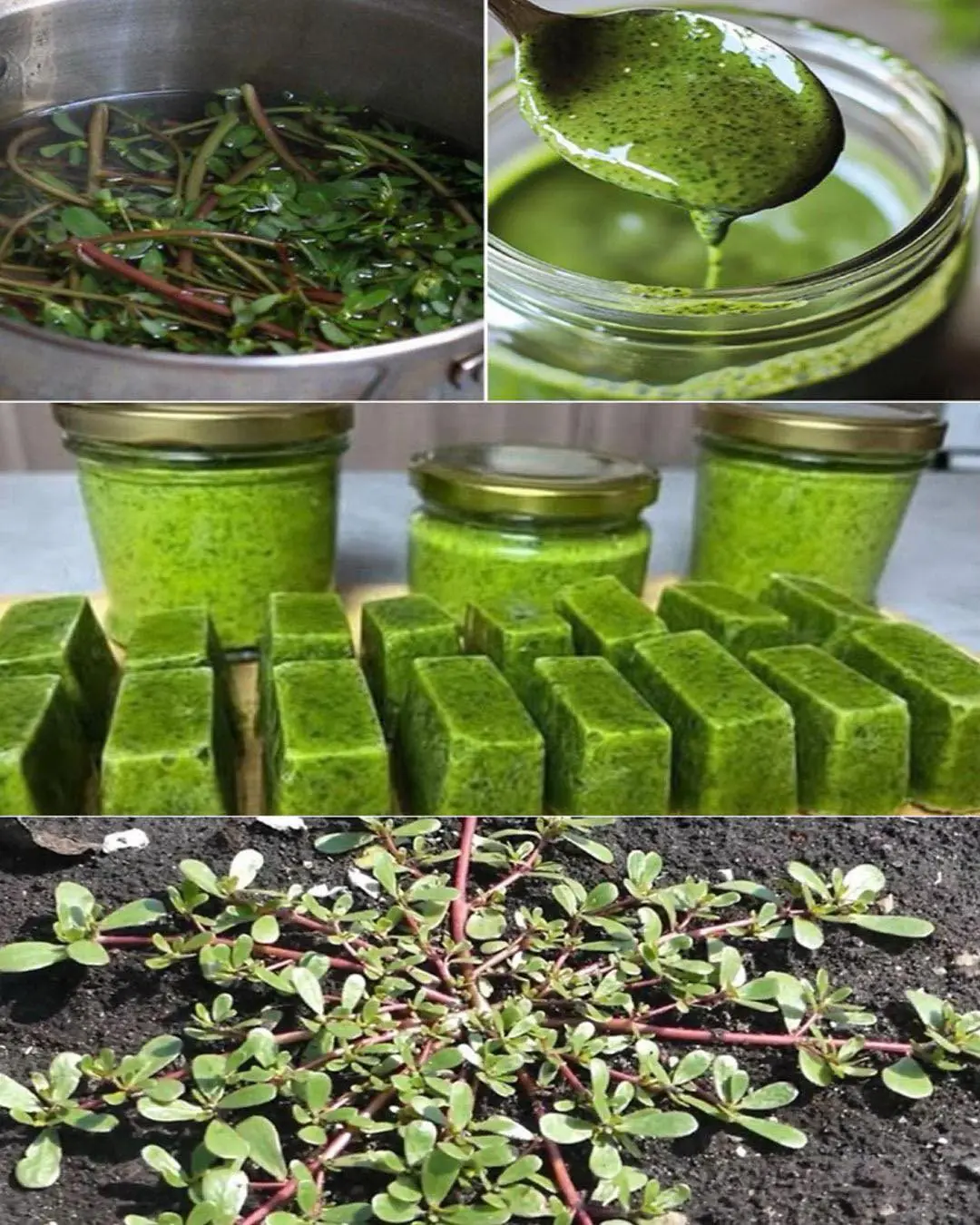
Purslane: The Superfood That Tastes Better Than Meat – 7 Reasons to Grow It in Your Garden

Papaya releases a milky sap, but most people don’t realize how important it is
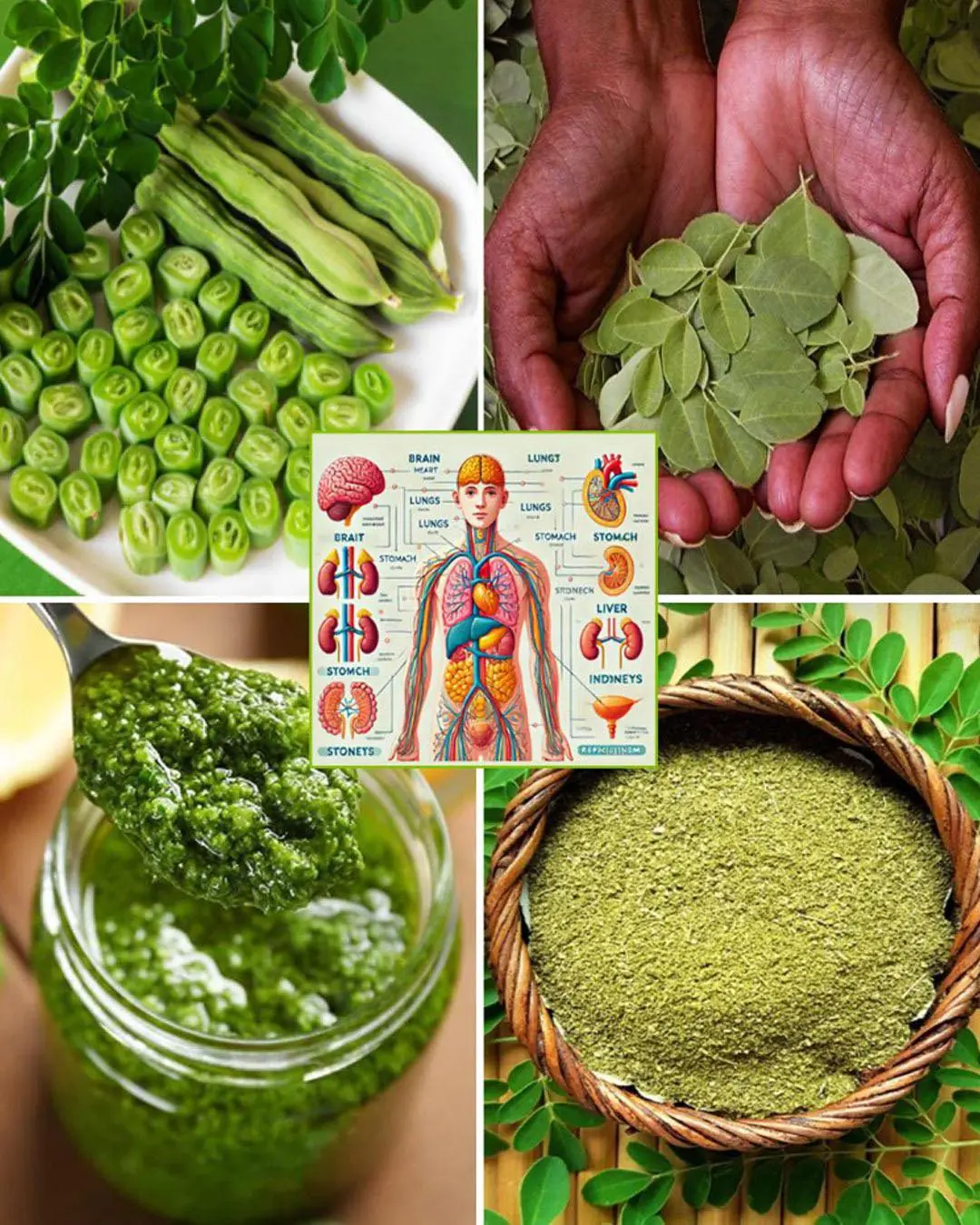
Discover The Miraculous Benefits of Moringa

Bryophyllum Calycinum (Kalanchoe Pinnata): Benefits and Uses

How to Quickly Get Rid of Bed Bugs, Cockroaches, Fruit Flies, and Other Insects Using Natural Ingredients
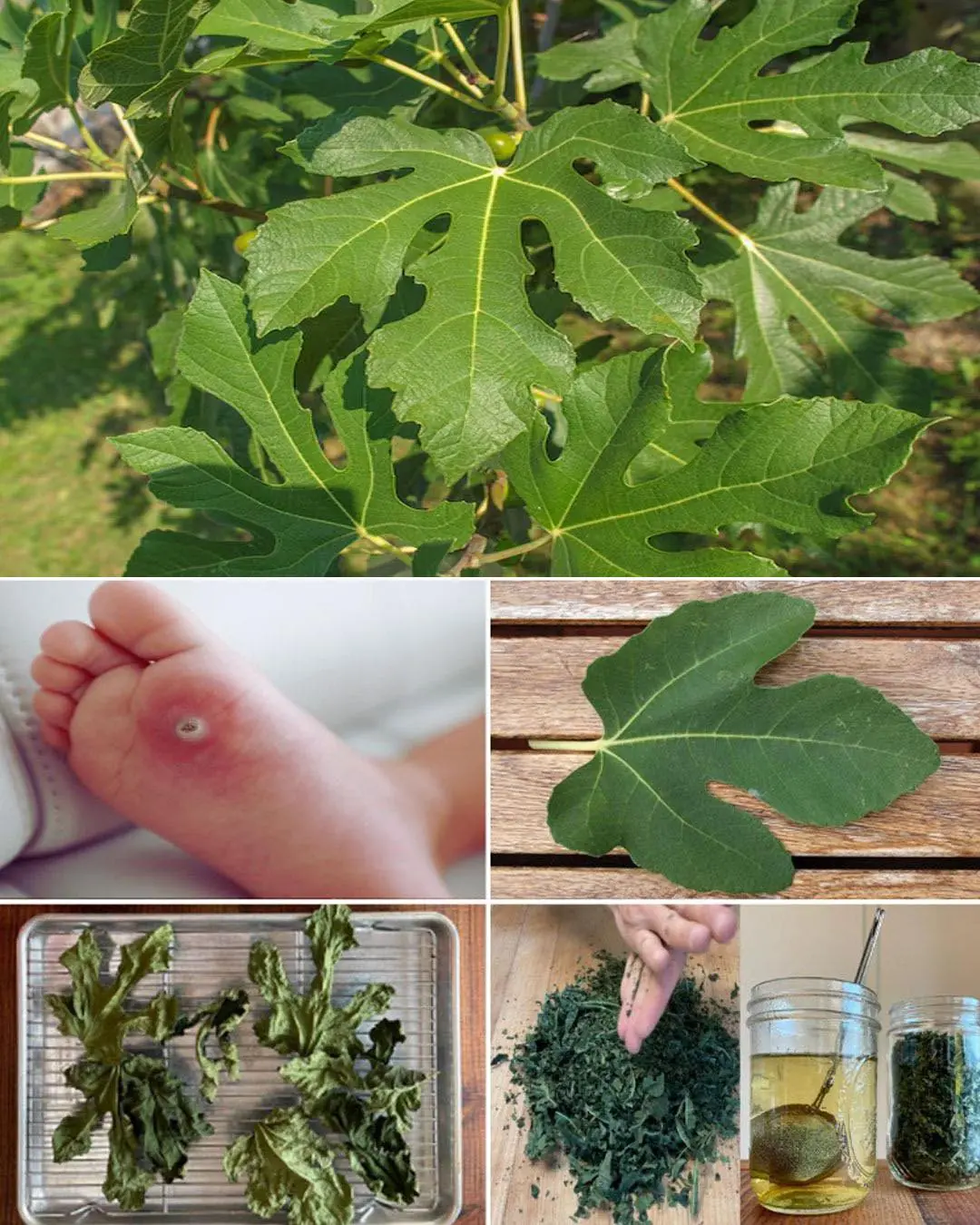
Fig Leaves: Surprising Benefits and Uses

BREAKING NEWS 🚨 Due To This Hunter’s Moon Earth Will Be Completely…See More

BREAKING NEWS 🚨 Due To This Hunter’s Moon Earth Will Be Completely…See More

BREAKING NEWS 🚨 Due To This Draconid Meteor Shower Earth Will Be Badly Effected Because…..See More

BREAKING NEWS 🚨 Due To This Hunter’s Moon Earth Will Be Completely…See More

Almost 30,000,000 Apple and Samsung users could claim part of huge £480,000,000 payout

Xbox users all say same thing following GameStop's decision to keep Xbox Gamepass at $19.99

Apple just added a new app to iPhone with iOS 26 and most people have no idea

Creators of ChatGPT reveal 44 jobs at highest risk of being taken over by AI in future

Miraculous: Placing an Orange Beside Your Bed Can Surprisingly Improve Your Health

If You See Someone With Prominent Blue Veins, You Definitely Need to Tell Them This—It Could Save Their Life
